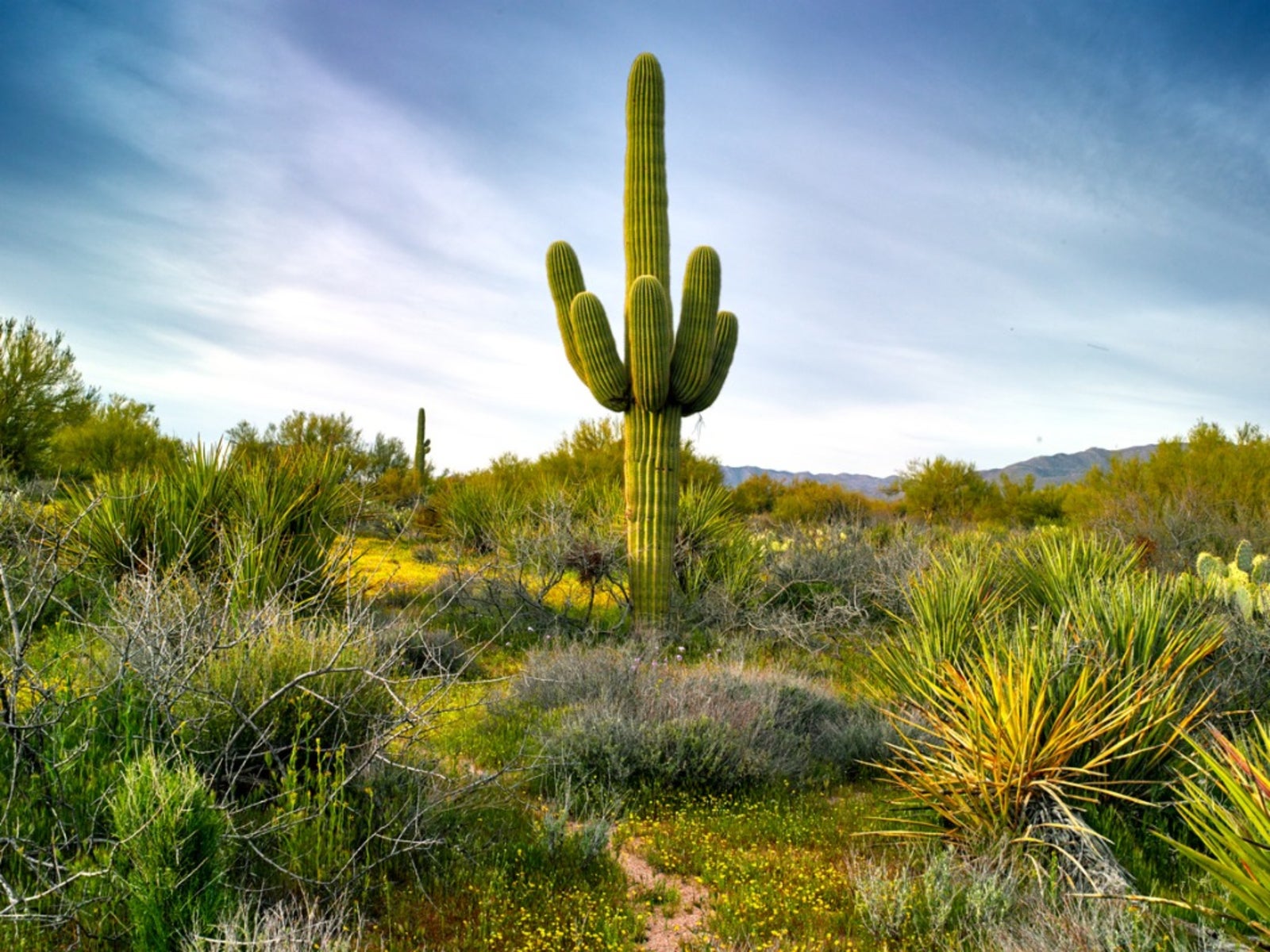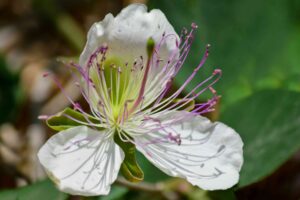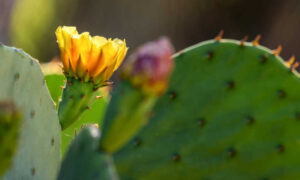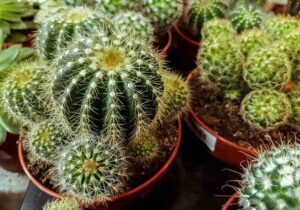Across the arid expanse of the United States, cacti hold a rather elusive charm, captivating the imaginations of botanists, gardeners, and nature enthusiasts alike. These resilient plants, with their striking forms and adaptations to harsh environments, thrive in several states, each contributing a unique aspect to the complex tapestry of cactus diversity. Recognizing the regions where cacti flourish offers insights not only into the environmental conditions that support such life but also into the cultural significance these plants embody.
When considering the best cactus-growing locations across the U.S., one must first acknowledge the geographical features that make certain states prime habitats for these desert denizens. The interplay of climate, soil composition, and elevation creates a conducive setting for cacti to thrive, showcasing an astonishing array of species.
Arizona – The Desert State Par Excellence
Undoubtedly, Arizona reigns as the foremost state for cactus varieties in the United States. With iconic landscapes such as the Sonoran Desert, Arizona provides an expansive habitat for numerous species, including the majestic saguaro cactus, which can grow up to 40 feet tall and live for over a century. The unique climate of this arid region, characterized by its extreme temperatures and scarce rainfall, compels cacti to develop remarkable adaptations. The fleshy stems store water, while the waxy skin minimizes moisture loss, a survival mechanism that has fascinated scientists for years.
In addition to the saguaro, the state is home to diverse species such as the Organ Pipe cactus and the barrel cactus, each with distinctive morphology and ecological roles. The juxtaposition of these varied forms within Arizona’s expansive desert ecosystems highlights the intricate relationships between flora and fauna, wherein cacti serve as critical resources for wildlife, providing sustenance and shelter.
California – A Tapestry of Varietal Marvels
California’s biogeographic diversity makes it another prominent state for cactus proliferation. The California deserts, particularly the Mojave and Colorado Deserts, foster a broad spectrum of cactus species. Here, the landscape is painted with the vivid hues of blooming cacti, including the cholla, prickly pear, and teddy bear cactus, each adopting unique survival strategies.
The arid conditions of California challenge these plants to evolve, leading to adaptations such as spine development and reproductive strategies that maximize pollination and seed dispersal. Furthermore, the stunning contrast of colorful flowers against the muted tones of the desert creates a visual symphony that draws both tourists and botanists alike, contributing to a growing fascination surrounding these plants.
Texas – The Wide Panoply of Cacti
Stretching across the southern United States, Texas offers a unique blend of desert and semi-arid conditions conducive to cactus growth. The state is home to approximately 20 species of cacti, with the prickly pear being the most recognized. Areas such as Big Bend National Park serve as a sanctuary for these diverse species, allowing visitors to experience the rugged beauty of cactus-laden landscapes.
Texas embodies the cultural significance of cacti, where they represent resilience synonymous with the spirit of the Lone Star State. Historically, cacti have been utilized for their ecological benefits, serving as natural barriers against erosion and providing habitats for wildlife. This interplay between nature and culture deepens the allure of cacti in the Texan landscape, instilling a sense of connection between the inhabitants and the resilient flora of their environment.
Nevada – The High Desert Haven
Nevada may be synonymous with glitz and glamour, but it also harbors remarkable cactus ecosystems, particularly in the valleys of the Great Basin Desert. This state hosts fascinating cactus species that have adapted to the cooler climates and unique soil compositions found at higher elevations. The Mojave Desert, encapsulating parts of southern Nevada, showcases a plethora of cacti, where species like the Mojave yucca and various prickly pears thrive amidst rocky terrains.
The harsh Nevada climate serves as a proving ground for cacti species that are resilient and resourceful. Each peculiar adaptation, from water storage mechanisms to reproductive cycles synchronized with environmental cues, tells a story of survival against the odds.
New Mexico – The Enigmatic Southwest
New Mexico possesses a rich tapestry of cactus species, particularly in its arid southern regions. The Chihuahuan Desert pervades the landscape, hosting varieties such as the yucca and the ocotillo. The state’s unique microclimates, resulting from its diverse altitudes and geographical features, foster a range of ecosystems where cacti not only survive but flourish.
The vibrant blooms of New Mexico’s cacti, many of which exhibit unusual colors and forms, entice those with a penchant for botany and photography. They serve as symbols of hope and endurance, contributing to the deeper fascination humans have with these striking plants that often blossom spectacularly despite their challenging surroundings.
In conclusion, the remarkable tenacity of cacti is a testament to their evolutionary success across a diverse range of U.S. states. Their ability to adapt to extreme environments fosters a broader appreciation for desert ecosystems and the challenges of growth within these regions. As fascination with these plants continues to grow, so too does the understanding of their ecological importance and cultural significance, seamlessly intertwining the wonder of nature with human curiosity.





Leave a Comment